The Seattle School District is suing multiple social media corporations that operate TikTok, Snapchat, YouTube, Facebook, and Instagram. The district claims they are a major contributing factor to the growing mental health crisis in Seattle. While this lawsuit may seem helpful, I believe it is a misguided attempt at fixing a broken system.
Social media can be harmful to people’s mental health because there is not enough regulation in forums that protect minors from sensitive subjects. Though, It is senseless to presume the mental health crisis is caused solely by social media. There are plenty of things that schools do that are not beneficial to students’ mental health.
Standardized testing:
Standardized testing can cause students to feel self-conscious and doubt their intelligence. There have been countless studies proving that standardized testing negatively impacts students. According to an article from Capstone Projects by Brianna Brown “By the time students are in middle school, their attitude towards their progress relies solely on their test scores and their grades.” It puts students under extreme amounts of stress and pressure, which causes them to feel less and less confident in school.
Having a copious amount of stress is not good for anyone. Sometimes, teachers have to teach information based on a test in an attempt to cover everything. This results in compact information that is not ideal for learning. Especially after COVID-19, this way of teaching worsened. In my experience, it was hard to focus and learn online. Testing has become harder because students don’t remember what was covered during the pandemic. Students are expected to memorize a lot of information for tests and it takes a great toll to have to cram all that information. There are big expectations for students that are not realistic and hurt their learning and mental health. Standardized testing in itself is flawed and has been flawed since the beginning.
Stigmas:
Furthermore, the stigma surrounding grades makes it seem like if you don’t get good grades in school you’re not smart. This is not true, of course, because there are plenty of intelligent people who have less-than-ideal grades. The idea that good grades define intelligence is deeply rooted in enough people’s minds that it hurts students’ mental health and their grades as well. This creates even more stress for students on top of their academic stress. This way of thinking can hurt students’ self-esteem, grades, and academic self-confidence. Stress loads also make students less motivated to go to class and learn because they don’t think they are smart enough to do the work.
In reality, grades do not define anyone’s intelligence, but the thought that they do is ingrained in the school environment. This makes it harder to overcome the curve of thinking that grades define intelligence.
Learning Styles:
Secondly, everyone learns differently. There are four main types of learning styles: auditory, visual, reading/writing, and kinesthetic. Auditory learning means that students learn the best when information is spoken aloud and explained. According to an article in Current Health Sciences Journal, 30% of people are auditory learners. Visual learning means that students learn best when information is presented in a picture or graph. 65% of people are visual learners. Reading/writing learning means students find written information easiest to understand. Kinesthetic learning means students learn best when they can touch things and use their hands. 5% of people are kinesthetic learners. There are a lot of people who qualify under multiple different learning styles. Since there are so many ways people learn, it makes standardized tests worse for many students since tests are mostly words on paper. Standardized tests assume that everyone shows their learning through reading and writing, which is false.
Lack of Resources:
Things only get worse when you consider that Hazen High School has 1881 students and only five counselors. On average, each counselor has to help about 376 students. The ASCA (American School Counselor Association) recommends 250 students for each counselor, which means Hazen counselors deal with 126 more students than recommended. However, Hazen isn’t the only school with this issue, multiple schools in our district have the same issue.
Counselors are overworked. It’s virtually impossible for them to reply to everyone; some students don’t get a reply for months. It’s a systematic issue that causes many difficulties. Counselors are less accessible because of their demand, which means students who need mental health help don’t always get it. Due to this issue, students can feel like no one is truly there to support them. The lack of support can cause students to not perform to their highest potential.
Social media is not the only problem contributing to the worldwide mental health crisis. Instead of blaming social media for the crisis, the Seattle School District should instead look into how school affects students’ mental health. This is why their decision to sue social media is a misguided plan to help. The Seattle School District should ask themselves: is social media really the sole instigator of the growing mental health crisis?






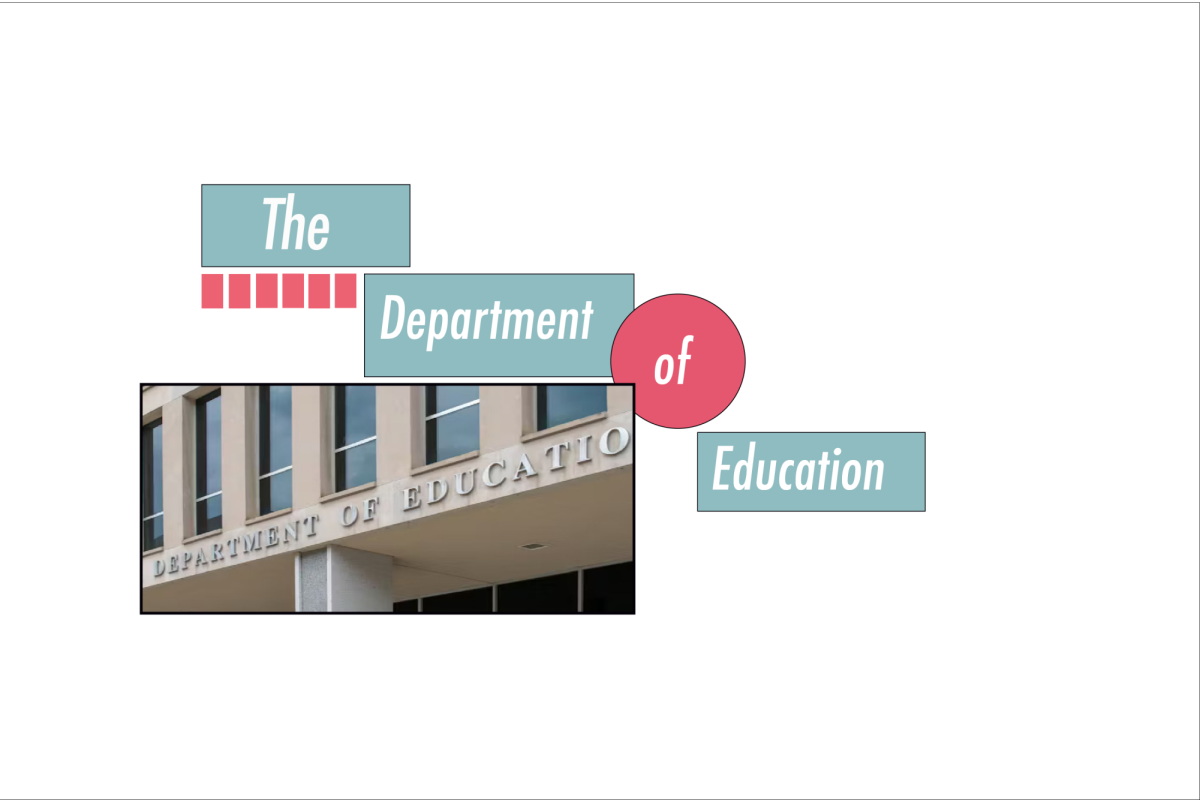





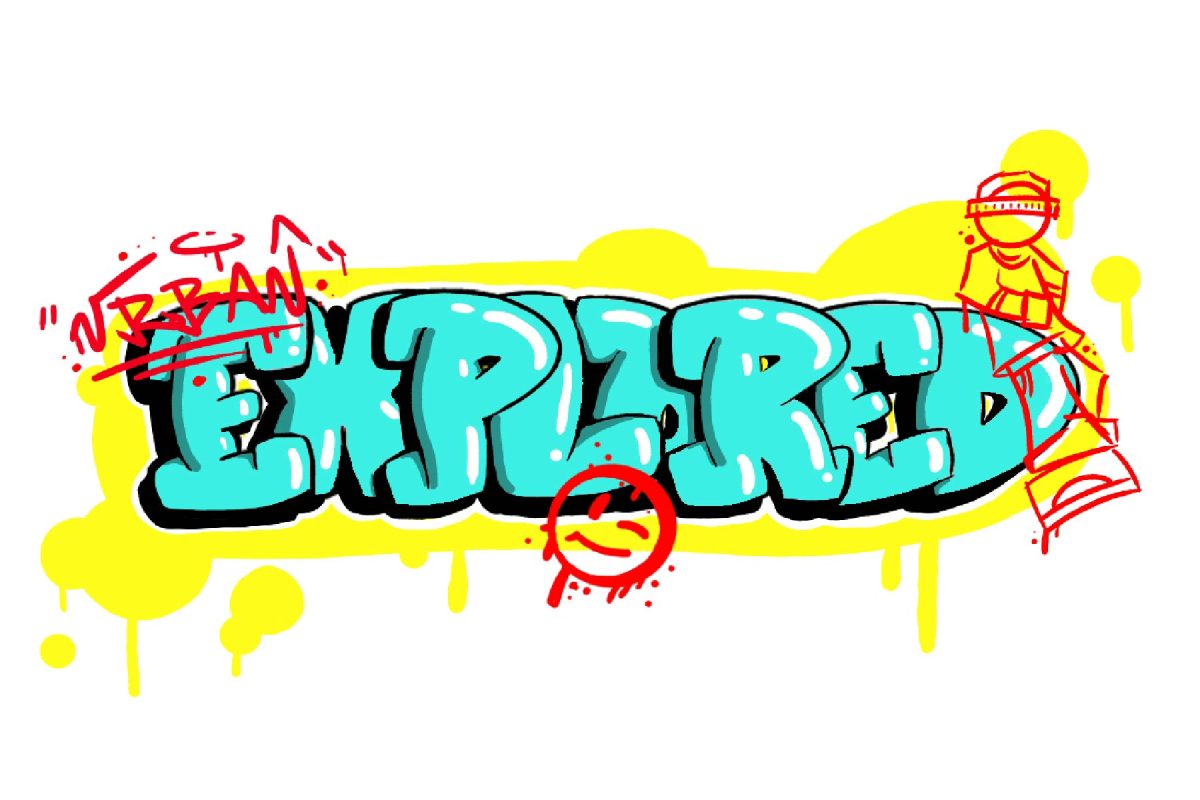




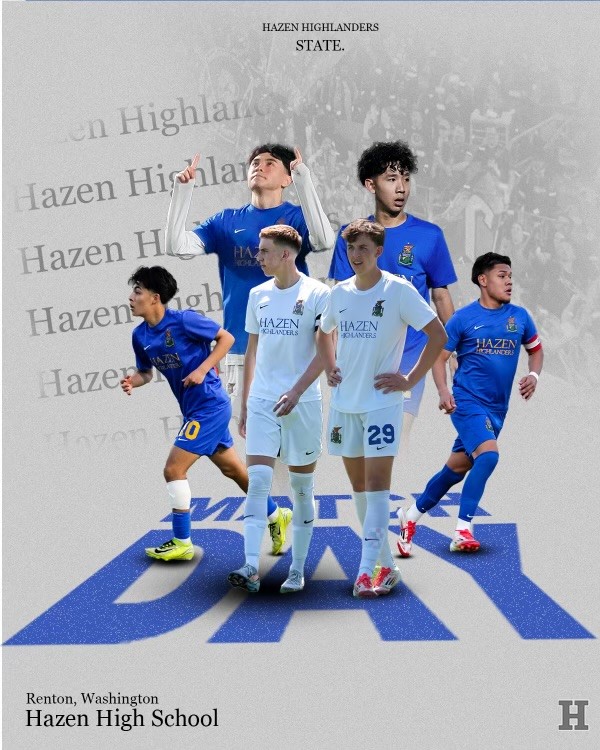





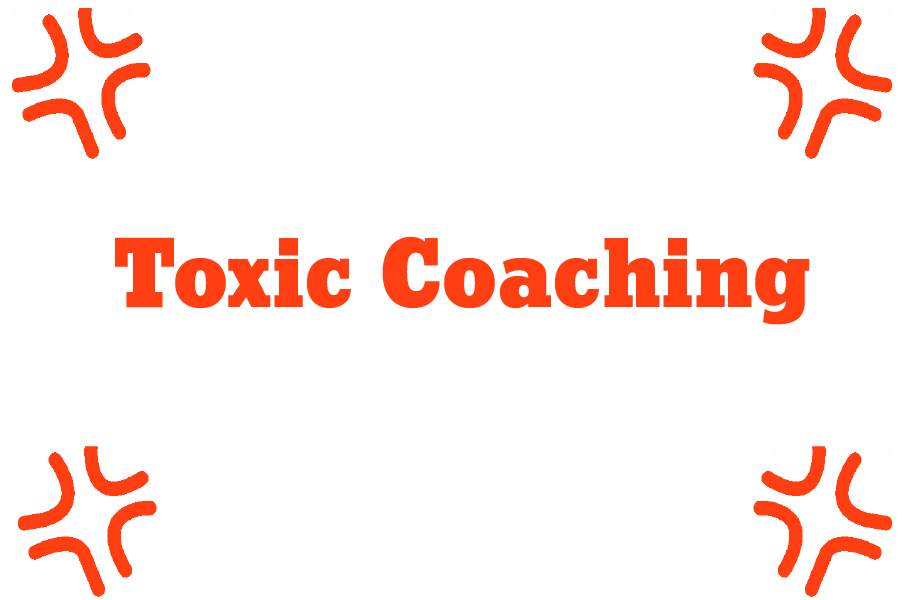

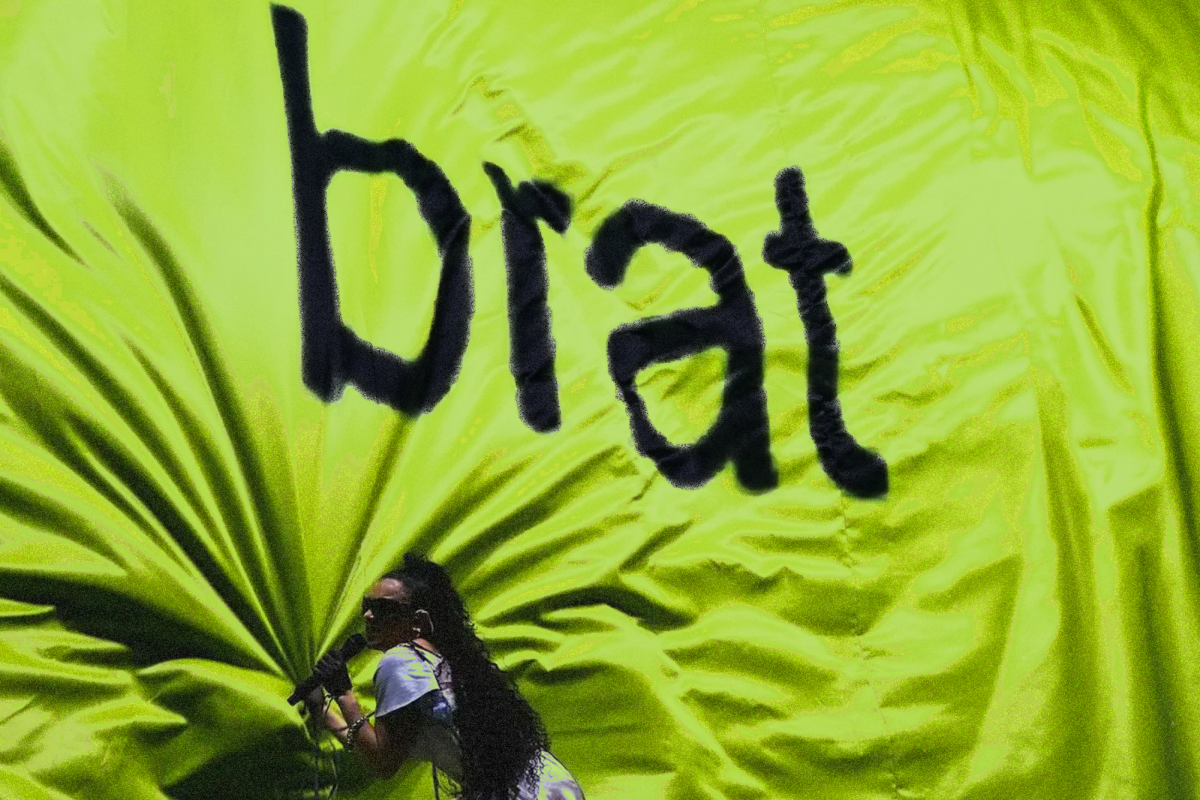
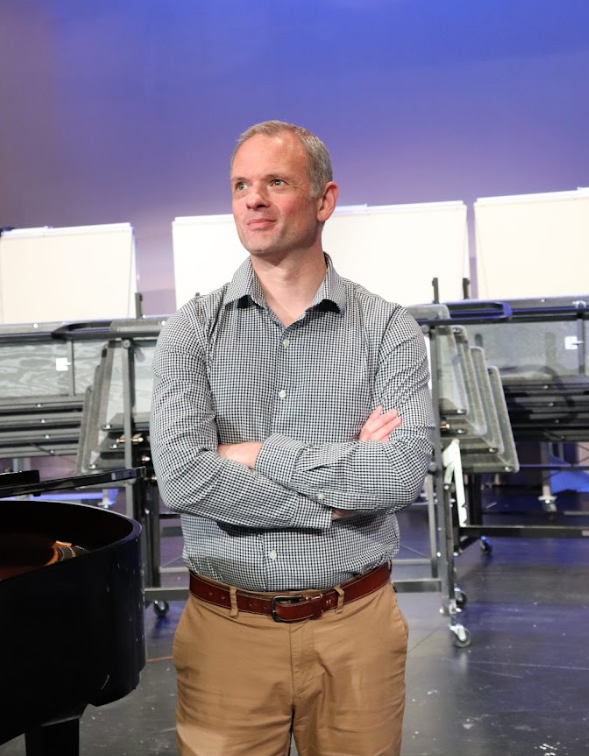




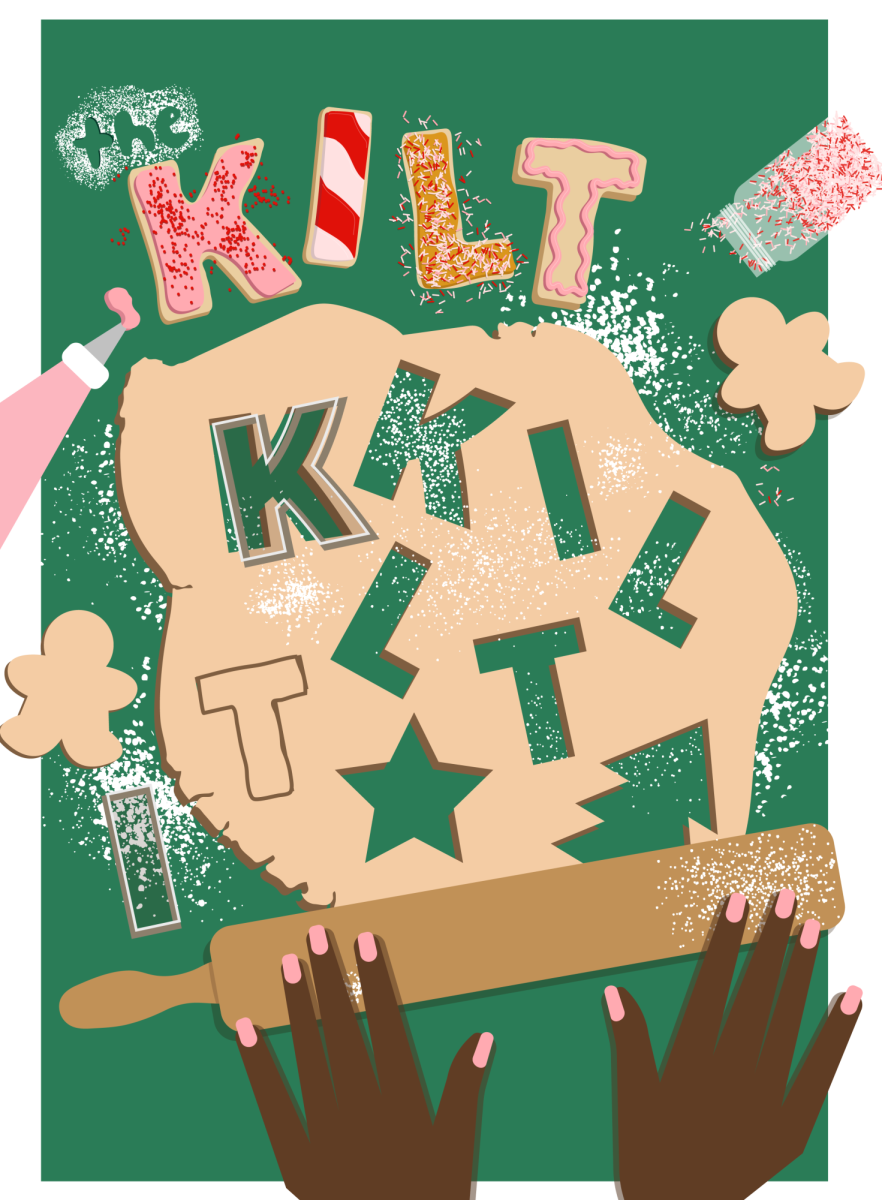

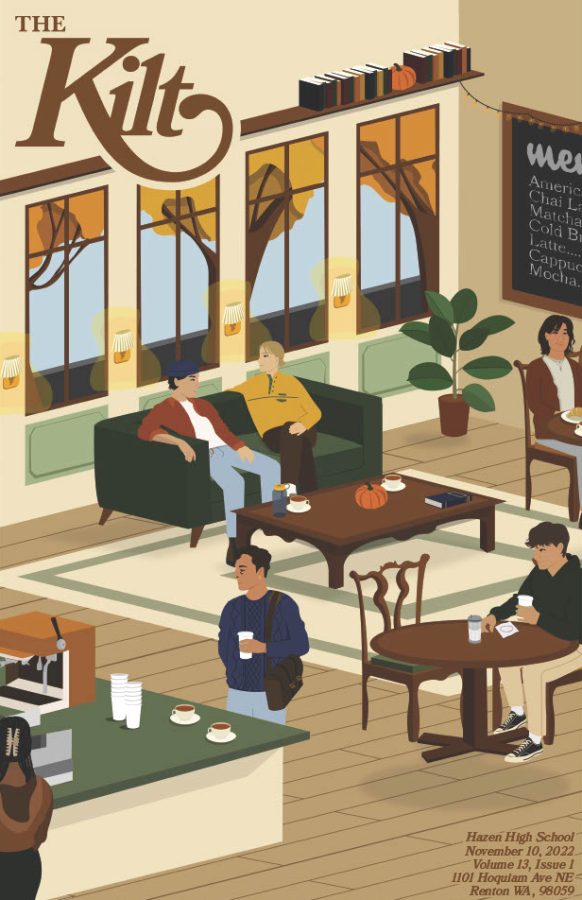
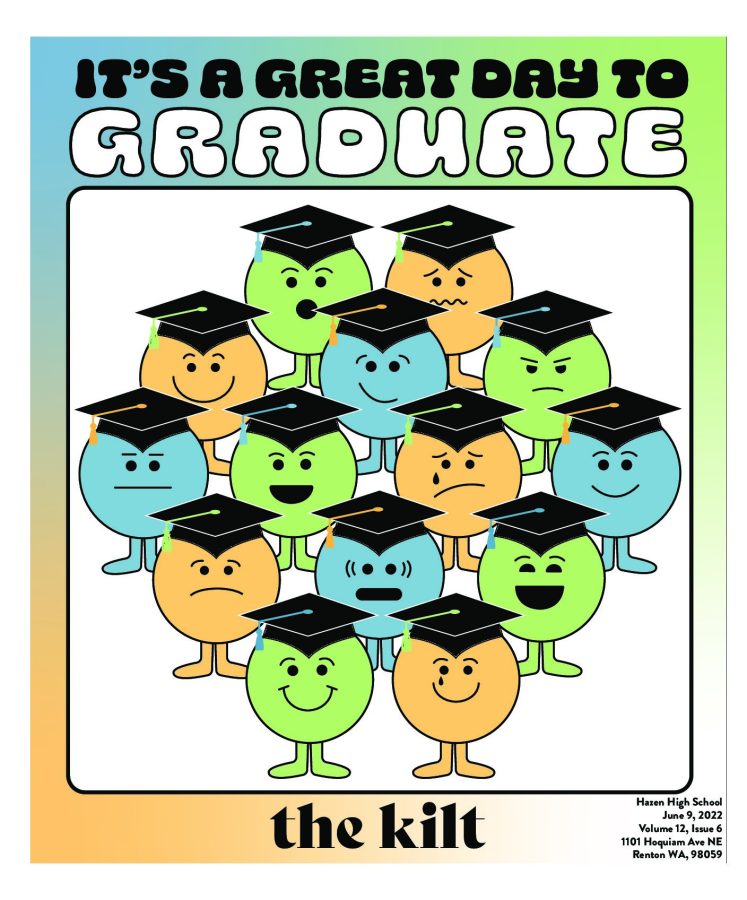


Reese • Apr 3, 2023 at 11:42 am
You did good